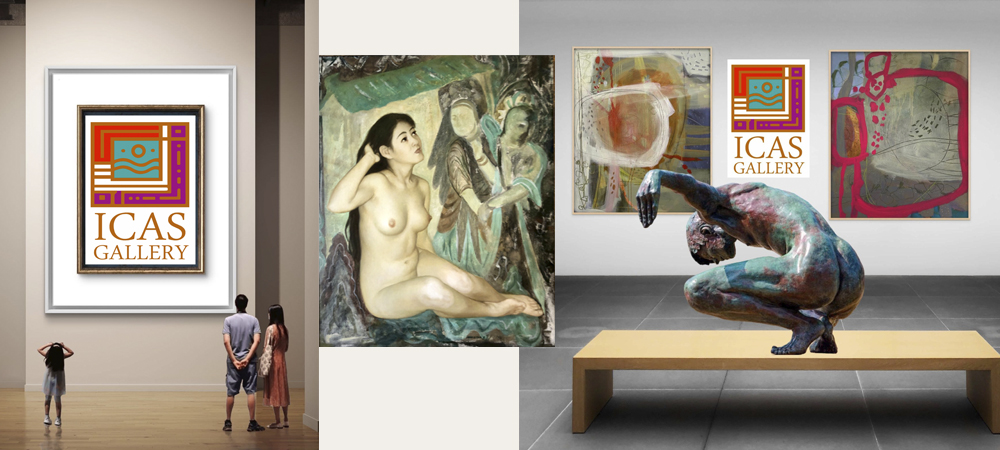Lion art depicts realistic or stylised lions in various media such as painting, sculpture, drawing, and digital art. Lions have been a popular subject in art throughout history, appearing in different art forms from ancient to contemporary art.
Here are a few examples of lion art:
- Peter Paul Rubens’s oil painting “Lion Hunt” depicts a dramatic scene of a lion being hunted by a group of men on horseback. The painting was completed in 1617 at the Alte Pinakothek Museum in Munich, Germany.
- The popular animated film The Lion King by Disney tells the story of a young lion named Simba who becomes the king of the Pride Lands. Released in 1994, the film has been adapted into a successful stage musical and a live-action remake.
- The famous sculpture “Lion of Lucerne” by Bertel Thorvaldsen depicts a dying lion carved out of a wall of sandstone rock in Lucerne, Switzerland. The sculpture was created in 1820 to commemorate the Swiss Guards who were killed during the French Revolution.
- Henri Rousseau’s “Roaring Lion” painting depicts a stylised lion roaring against a jungle backdrop. It was completed in 1907 and is now at the Museum of Modern Art in New York.
- “Lion” by Keith Haring: This colourful, abstract painting depicts a lion in Haring’s signature style of bold lines and bright colours. The painting was completed in 1988 and is now at the Art Institute of Chicago.




As part of Egyptian civilisation, the lion represented the sun’s fierce heat. He was seen in the likeness of SEKHMET, an Egyptian goddess known as the Eye of Ra. She is the power that protects the good and annihilates the wicked.

In ancient Greek art, lions were often associated with Dionysus, Phoebus, Cybele, and Artemis, as myth suggests that these gods and goddesses were drawn in chariots by lions. Here, the symbolic meaning of lions revolves around protection, and they are viewed as guardians of the dead and palaces, doorways, shrines, and thrones.


In other religions throughout the World
Hinduism art is depicted here in stone sculpture as a Temple pillar (a figure of a half-man and half-lion avatar embodiment or personification) of Vishnu. Similarly, we see more examples in tapestry, wood carvings, fresco panels, and other mediums around the major cities of India and the Asian continent.
In Buddhist art, the Buddha sits upon the lion as a throne, symbolising consistency, strength, and wisdom.
Artist: RUBEN PETER PAUL (1577-1640 Title: Daniel in the Lions Den National Gallery)

The Old Testament recounts how the Persian king Darius I, “The Great” (550–486 BC), condemned the devout—and steadfast Daniel to spend the night in a lions’ den for worshipping God rather than him. The following morning, the entrance was rolled away after the stone sealing. The astonished Persians saw Daniel alive and well. Giving thanks to God for keeping him safe overnight: “Then said Daniel unto the king, O king, live forever. My God sent his angel, and hath shut the lions’ mouths that they have not hurt me: forasmuch as before him innocency was found in me; and also before thee, O king, have I done no hurt.” (Daniel 6:21 22) For theologians, Daniel’s miraculous survival in the cave symbolised the resurrection of Christ from his tomb and the promise of God’s protection to those of unwavering faith.
PUBLICATION & VIDEOS
For all private or corporate commissions by our gallery artists, please get in touch with Sunil Vilas atICAS Vilas Art Gallery
Garden Square Shopping Centre,
Email: info@vilasart.co.uk
Visit our gallery today and witness some of the exquisite collections of “The Power of LION ART” in our exhibitions by our portfolio of ICAS gallery artists. The collection includes watercolour studies of bronze sculptures by British sculptor John W. Mills, as well as original paintings, study pencil drawings, and affordable, limited-edition, signed prints by internationally renowned wildlife painter Alan M. Hunt.




